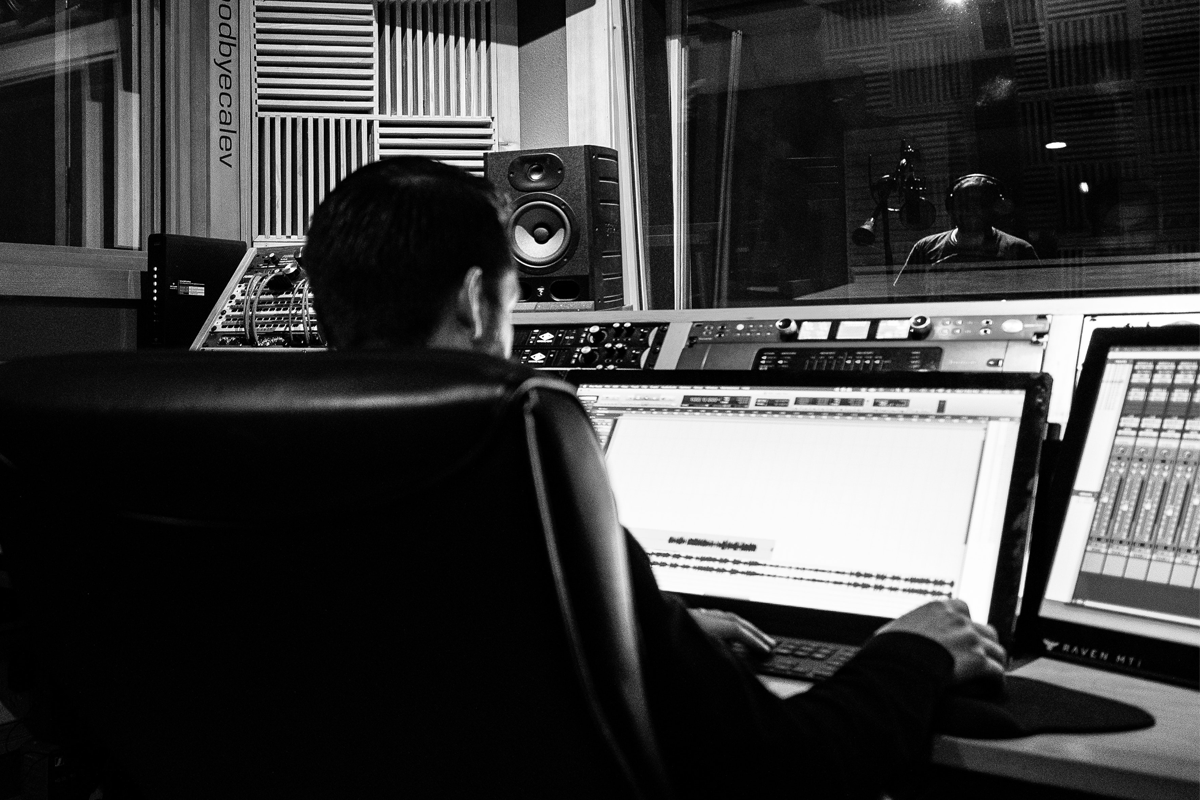
Drum samples are a powerful tool for music production, allowing you to add unique sounds and textures to your tracks. However, many producers limit themselves to using drum samples in traditional ways, such as layering them with live drums or using them as the foundation of a beat. In this blog post, we will explore five creative ways to use drum samples in your music production to add depth and interest to your tracks.
Reverse sampling:
Reversing a drum sample in your DAW can create a unique and unexpected sound. Try reversing a snare or cymbal sample and using it as a transition or a filler sound. You can also reverse a complete drum loop to create a dreamy, ethereal sound. This is a quick way of finding some unique and interesting sounds that can be great to use in electronic genres.
Pitch shifting:
Pitch shifting a drum sample can create a completely new sound. Try pitch shifting a snare or kick sample to create a lower-pitched or higher-pitched version. This can be a good way of finding a distinct snare or kick sound, try it with floor toms to. You can also try pitch shifting a drum sample to match the key of your track. Sometimes this will allow the sample to fit better within the mix.
Layering with other samples:
While this isn’t new, layering a drum sample with other samples, such as synth or vocal samples, can create a unique sound. Try layering a kick sample with a synth bass sample or a snare sample with a vocal chop. Also try layering different drum samples, ie kick drums for a more dynamic sound.
Time stretching:
Time stretching a drum loop can create a completely new rhythm. Try time stretching a snare or kick sample to create a slower or faster versions of your favourite drum sounds. This means you can use thos samples at different tempos. Be aware though that too much stretching or squashing can change the sound dramatically. You can also try time stretching a drum loop to create a completely new rhythm.
Automation:
Automation is a powerful tool that can bring life to your drum samples. Try automating the volume or pan of a drum sample to create a dynamic sound and sense of movement. You can also try automating the cutoff or resonance of a filter to create something new.
These are just a few of the numerous, creative applications for drum samples in music production. Why not try out the above methods and find fresh sounds and textures to incorporate into your tunes. Keep in mind that using drum samples in creative ways requires thinking outside the box and being willing to try new things. Thats the beauty of using a DAW. The creative potential is vast and a new sound is not too hard to find.
